Description
The PEPIN Press Correspondence and Letter Writing Sets:
Art Deco Set:
Art Deco is the great popular style of the twentieth century – a style for both the elite and for the masses. A jewellery shop in a smart Perisian street, or a cinema in a dull factory town, could be decorated in the same Art Deco style. Art Deco was a joyous style – a spontaneous, unconscious response to the hottors if WWI and the economic hardship of the 1920s. Like its forerunner, Art Nouveau, Art Deco drew inspiration from many sources. Designers borrowed from the pictorial inventions of contemporary avant-garde artists: the exciting colours and unfamiliar themes of modern theatre costume and staging exerted a strong influence. Asian art provided an endless source of form and pattern. Archaeological discoveries encouraged a fascination with Egypt and Ancient, Pre-Columbian, America, and the powerful art of Africa also excited Art Deco designers. This collection of Art Deco paper stationery shows a style which is infinitely adaptable and as enjoyable now as when it was first created.
Toulouse-Lautrec Set:
Henri de Toulouse-Lautrec (1864-1901), leading late 19th century French artist, who developed an unconventional and dynamic style of painting and drawing, influenced by his classical, academic training as well as the Japanese and avant-garde artists of the time. Eventually he established a very personal unique approach to his work, forgoing anatomical precision and the rules of perspective to capture the essential nature of his subjects through expressive lines or just a few brief brushstrokes. He employed exaggeration and caricature to maximum effect, often combined with intense colours. Toulouse-Lautrec spent much of his professional life in the bohemian quarter of Montmartre, documenting the dancehalls, nightclubs, cabarets, entertainers, and artists of the area. It was thus that he became a chronicler of the exuberant, decadent fin de siècle Paris – a subject matter that went particularly well with his energetic and unique artistic brand of art.
Bauhaus Set:
The Bauhaus was an experimental and progressive art and design school and community based in Germany from 1919 until the Nazis forced it to close in 1933. Despite its short lifespan, the Bauhaus had an enormous influence in the development of modern art, design and architecture. The Bauhaus consistently looked towards the cutting edge of contemporary technology, creativity, and art. Its focus was to embrace the modern world, and this was evident in all its artistic manifestations: painting, fashion, textile and industrial design, architecture, etc. – it was all stark, bold, and instantly contemporary. Even though the Bauhaus School was so abruptly axed, its spirit persisted. Its teachers and students moved all over the world and continued spreading the innovative the working style and practice of the school across generations.
Gustav Klimt:
was an Austrian symbolist painter and one of the most prominent members of the Vienna Secession movement. Klimt is noted for his paintings, murals, sketches, and other objets d’art. Klimt’s primary subject was the female body, and his works are marked by a frank eroticism. Amongst his figurative works, which include allegories and portraits, he painted landscapes. Among the artists of the Vienna Secession, Klimt was the most influenced by Japanese art and its methods. Early in his career, he was a successful painter of architectural decorations in a conventional manner. As he began to develop a more personal style, his work was the subject of controversy that culminated when the paintings he completed around 1900 for the ceiling of the Great Hall of the University of Vienna were criticized as pornographic. He subsequently accepted no more public commissions, but achieved a new success with the paintings of his “golden phase”, many of which include gold leaf.
1920s Avant-Garde:
/ævɒntˈgɑd/ The term avant-garde refers to innovative or experimental concepts or works, or the group of people producing them.
Originally a French term denoting the vanguard of an army, the word ‘avant-garde’ entered the art vocabulary in early 19th-century France to indicate any artist, movement, or artwork that develops experimental concepts, processes, and forms questioning the status quo. Avant Garde Art Features: The Avant-garde art is denoted by going beyond its time. It explores new artistic techniques and materials that were never had been explored before. The themes chosen within the avant-garde embraces the use of new artistic methods and techniques that would help artists to produce a better art.

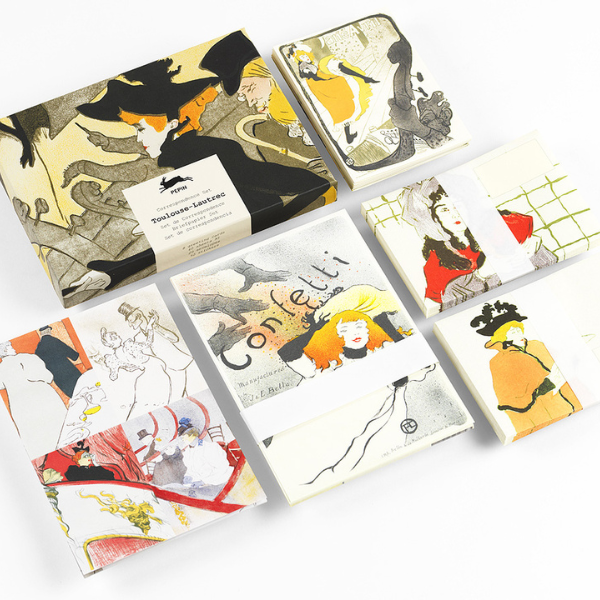
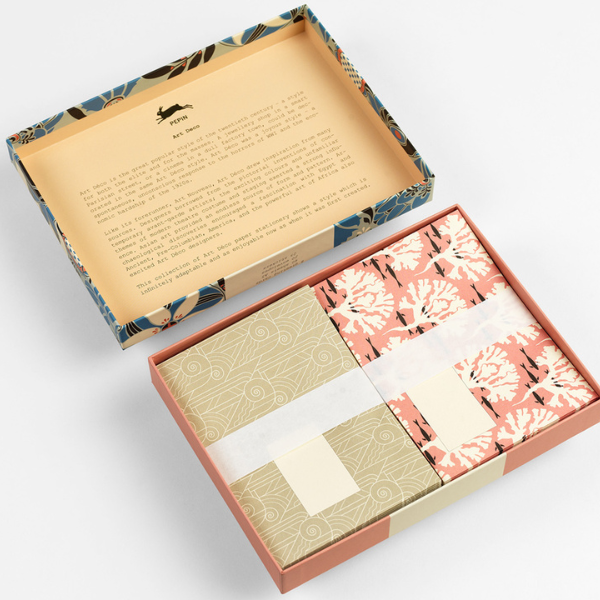
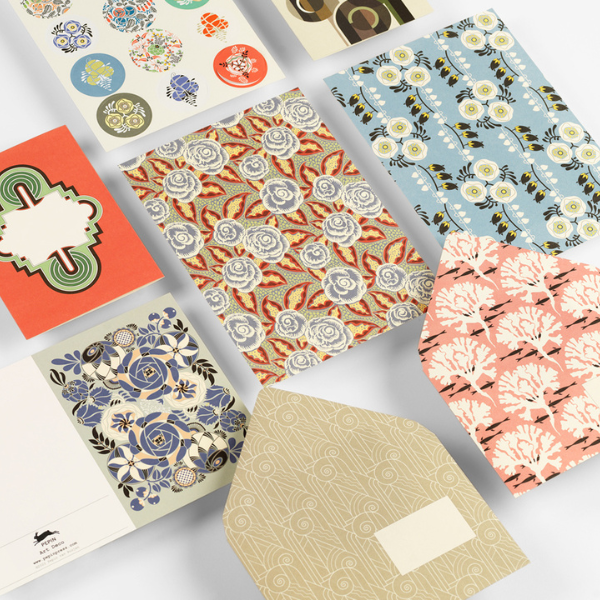
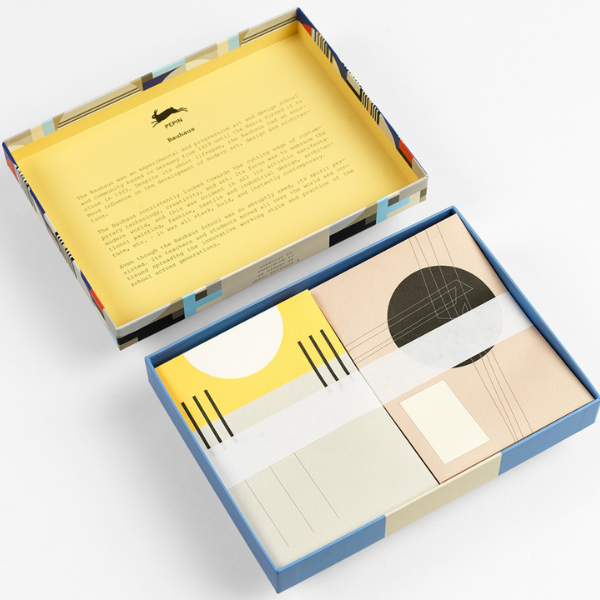
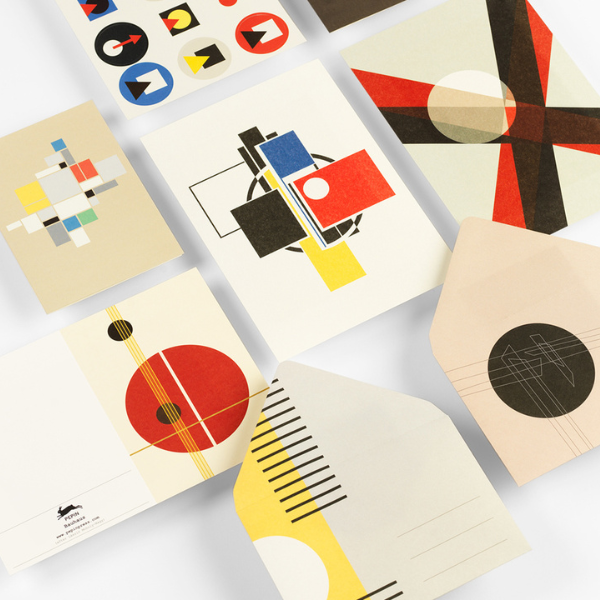
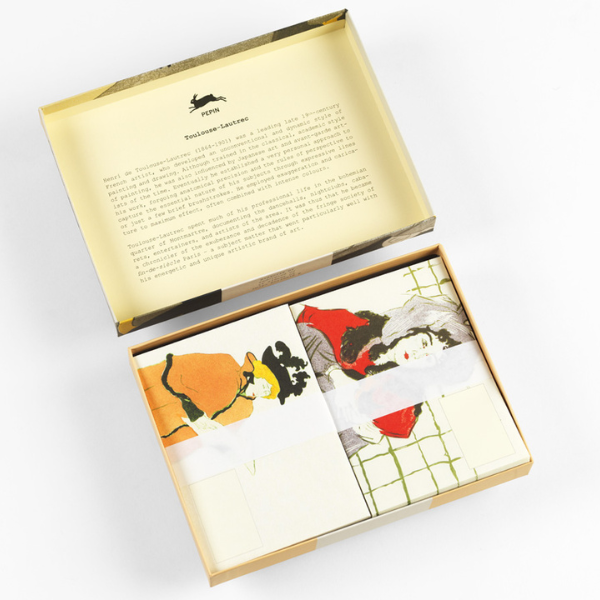
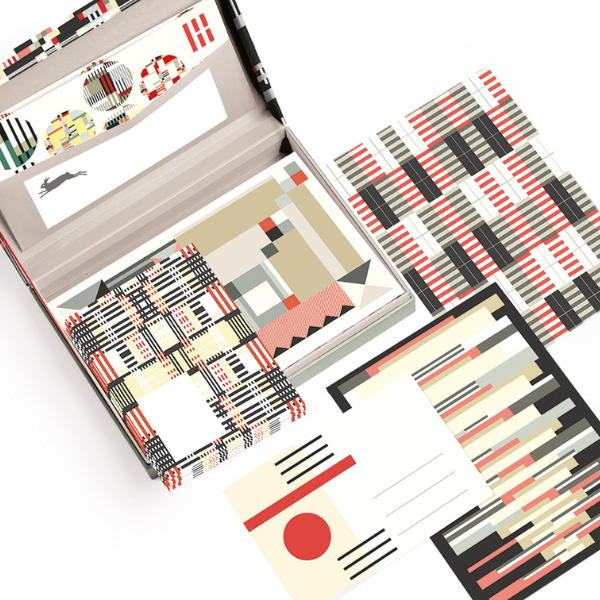
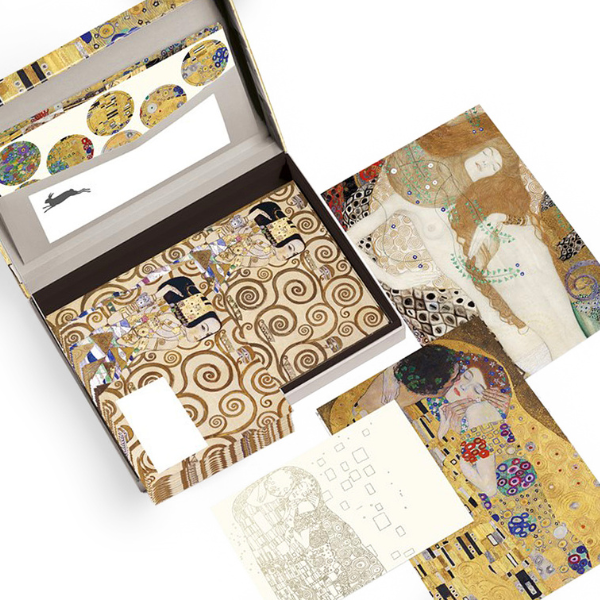
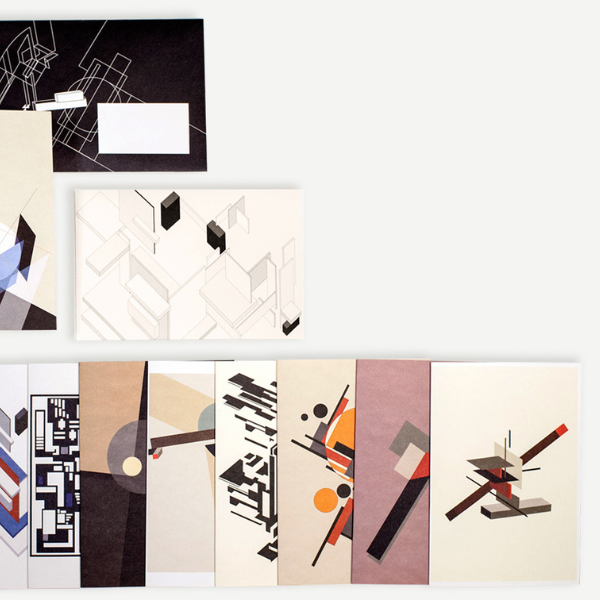
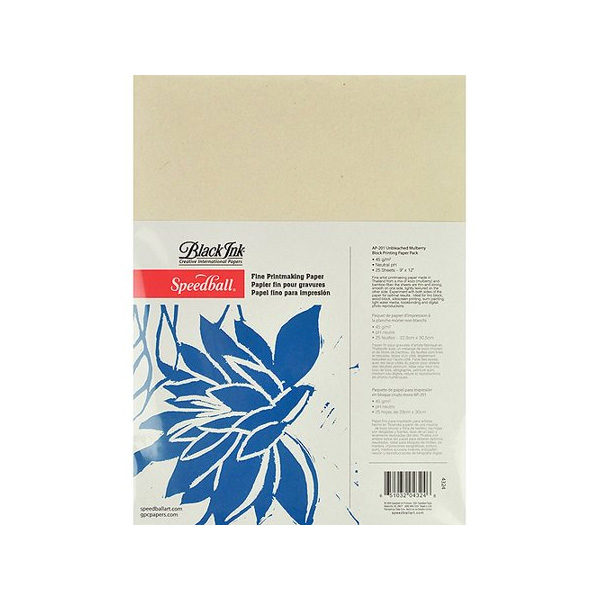
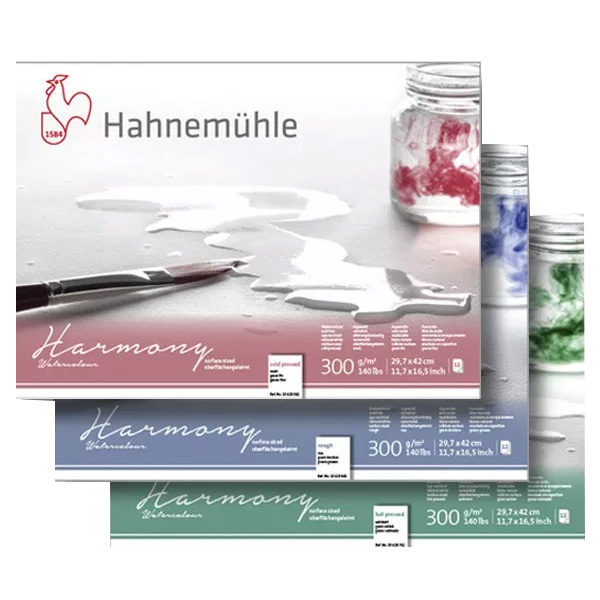
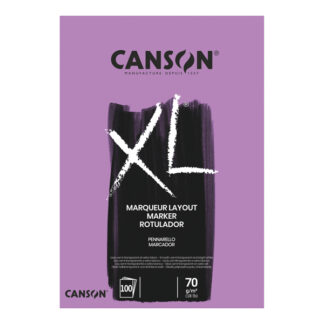
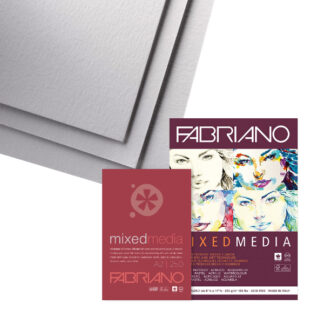

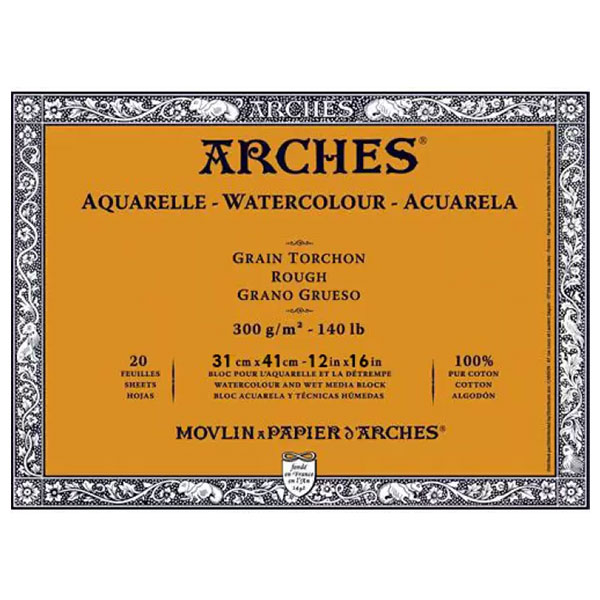
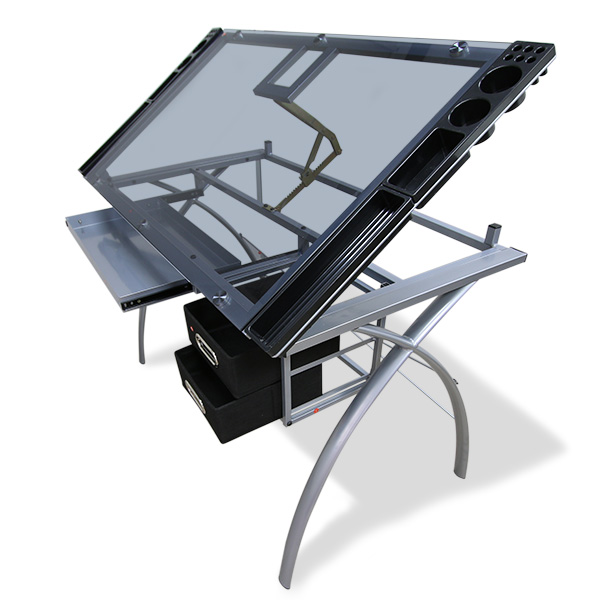

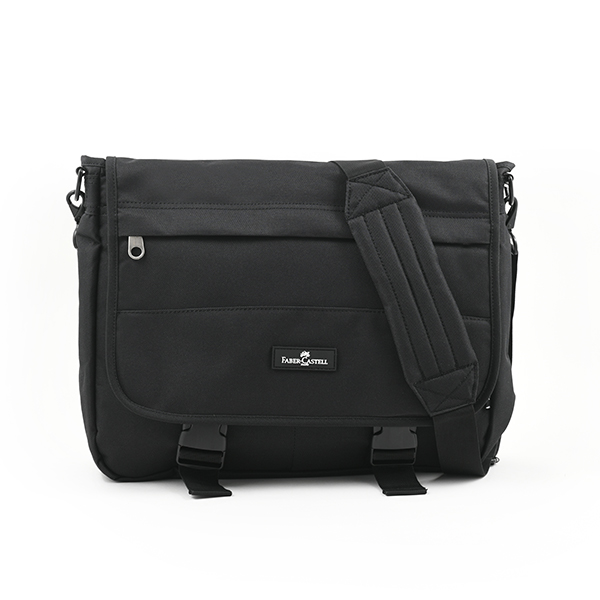
Reviews
There are no reviews yet.